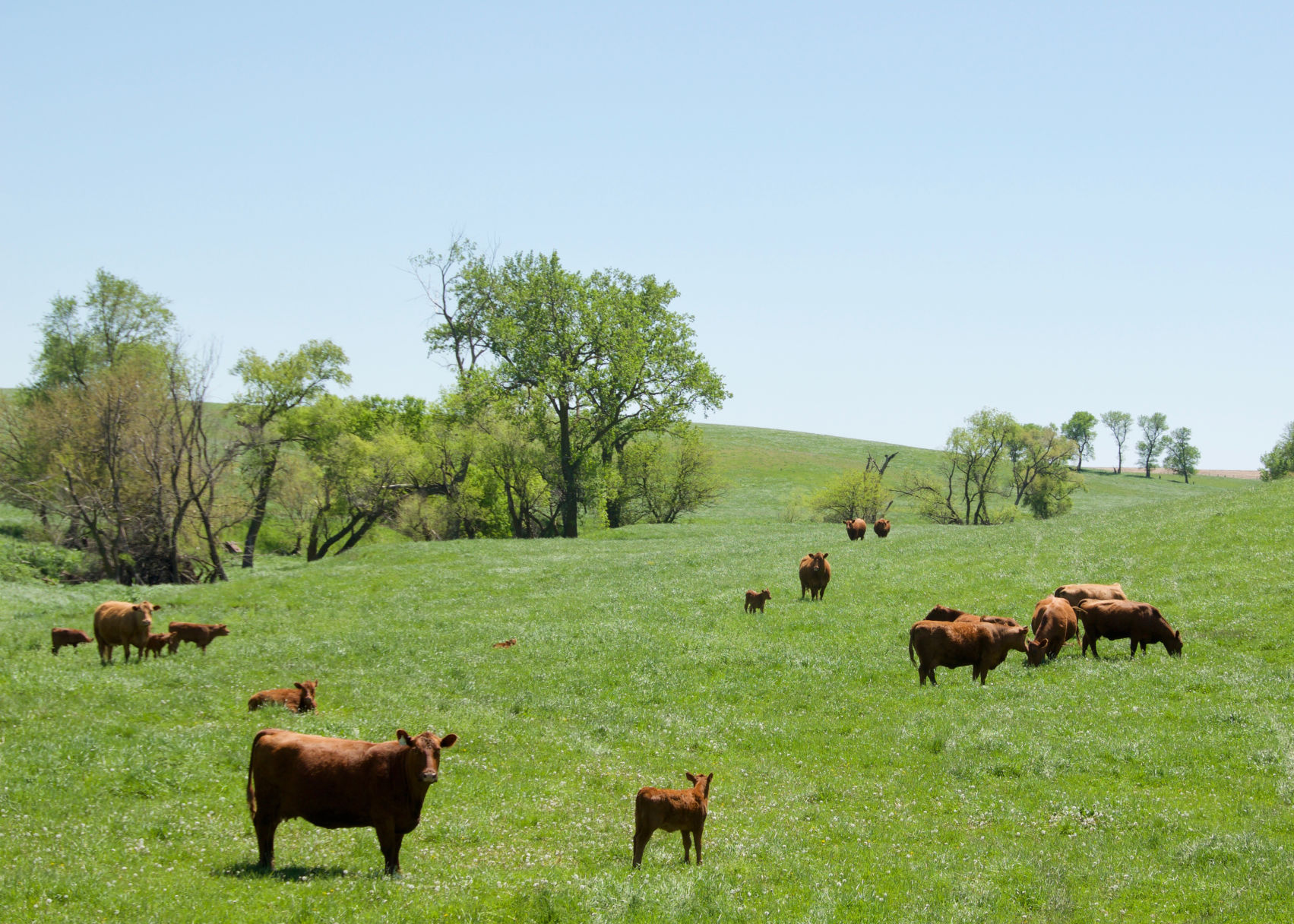In response to worsening drought conditions throughout the state and upon the advice of the Missouri Drought Assessment Committee, Gov. Mike Parson recently announced the availability and process for Missouri family farms to obtain emergency hay and water:
• Boat ramps at 25 Missouri state parks will be open for farmers to collect water with almost 700 acres available for haying at 17 state parks.
• Boat ramps at 36 Missouri Department of Conservation areas are also now open for water collection.
• The Missouri Department of Transportation is offering special wide load hauling permits at no charge to help farmers and ranchers move hay.
“As drought conditions continue to deteriorate across Missouri, we want to do all we can to help our family farms mitigate the devastating effects of severe drought,” Governor Parson said. “With the current water deficit, we know it will take a lot of rain for our state and its agricultural community to recover from the drought. While our prayers for rain continue, state government will do its part to assist wherever and whenever it can.”
Water may be accessed from state park and MDC boat launches and water access points during normal operational hours. Contacting MDC area managers prior to collecting water from conservation areas is required. Water is available for livestock needs only and not for resale. Farmers will need to provide their own pumping and hauling equipment. Contact information and a map displaying locations to pump water from state boat ramps is available at dnr.mo.gov/drought.
Missouri state parks with haying opportunities are available to view online at mostateparks.com/drought. Anyone interested in obtaining hay from these locations can contact the park superintendent to view the designated area. The first person who views the area and wants the hay will be issued a license to cut the hay at no cost. Guidelines and boundaries for cutting the hay on state park property will be provided at that time. Signing a license is required before haying can begin. Missouri State Parks will allow haying on or after June 25, and hay must be removed before Sept. 25.
In addition to the contracts already in place on some conservation areas across Missouri, other opportunities to cut hay on conservation areas might be available to assist farmers in need of hay to harvest. Anyone wanting to inquire about cutting hay on conservation areas should contact their local MDC regional office. Details for each of these regional offices can be found on MDC’s website at mdc.mo.gov/contact-engage/regional-mdc-offices.
Special hay hauling permits can be requested through the MoDOT Carrier Express online service, located at www.modot.org/mce. MoDOT permits cover movement within Missouri only and are required for each truck. Questions may be directed to MoDOT’s Motor Carrier Services office at 1-800-877-8499.
“These drought relief opportunities for Missouri landowners are proactive measures to help our state prepare for and respond to the effects of drought,” Dru Buntin, director of the Missouri Department of Natural Resources said. “We will continue to monitor environmental impacts to public water supplies and plan for various drought scenarios to ensure we are prepared as conditions change.”
On May 31, Governor Parson issued Executive Order 23-05, declaring a drought alert for 60 Missouri counties. Continuing hot, dry weather means drought conditions are expected to further degrade heading into summer. Other counties will be added to the alert and be eligible for assistance as they reach established drought thresholds.
Residents are encouraged to assist local, state, and national decision makers better understand drought conditions in their area by submitting a survey form via the Condition Monitoring Observer Reports service linked via dnr.mo.gov/drought.
The Missouri Department of Conservation also warns of the increased risk for wildfires that drought conditions can cause. For more information on how best to prevent wildfires, visit MDC’s wildfire prevention website: https://mdc.mo.gov/your-property/fire-management/wildfire-prevention.
More information about drought conditions, agricultural resources, and drinking water assistance is available at dnr.mo.gov/drought.




